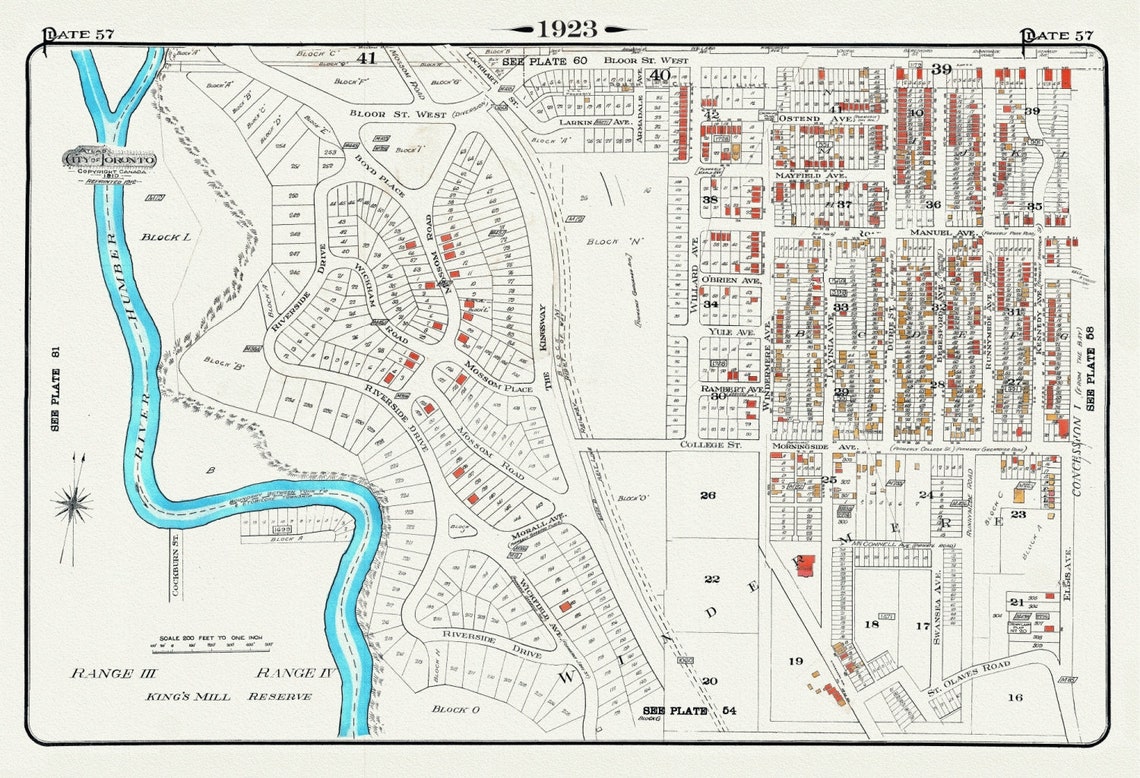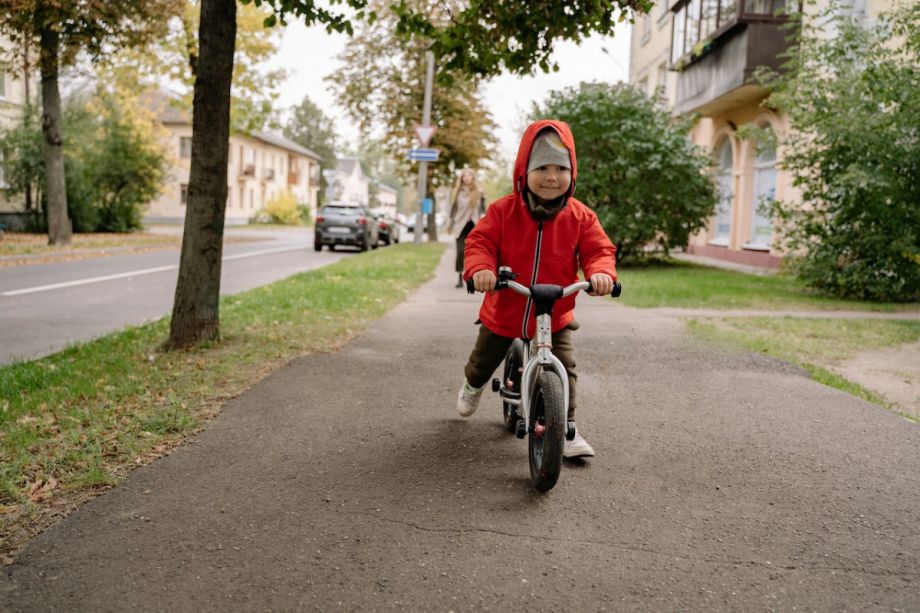On a cold, blustery afternoon in early March, 11 French schoolchildren eagerly await instructions. The students, all of them between six and seven years old, wear bright blue helmets and stand next to yellow Rockrider mountain bikes – their mode of transport for the coming hour.
“How many of you don’t know how to cycle?” asks instructor David Bruno, a 200-meter sprinter turned cycling coach. A smattering of hands shoot up. “Me neither,” Bruno reassures them.
The students first learn how to walk next to their bikes. Then, how to properly sit on them. Finally, they are shown how to pedal – first with one foot still on the ground, and eventually – if and when they’re comfortable – with both on the pedals. By the end of the hour, some are already confident, and zip ahead of Bruno; others remain trepidatious. “It was so good,” Umaima, a young girl with long braids says as she takes off her helmet.
The schoolchildren, who attend the Ecole Madigou in the gritty, working-class suburb of Saint-Denis, just north of Paris, are all taking part in a French program called
Savoir rouler à vélo — Know how to bike, or SRAV by its French initials. By the end of the 10-week program, they will have learned the basics of cycling, as well as how to safely bike in real-world conditions.
This program aims to train an entire class of schoolchildren nationwide – or about 800,000 kids – per year in cycling readiness by 2027. Launched in 2019, the program received a boost with the second phase of France’s national Plan Vélo, announced earlier this year. As part of this plan, France intends to invest €250 million in cycling in 2023 alone, a significant increase from previous years. While much of this will go toward infrastructure projects – secure bike parking, protected bike lanes, and so on – the plan also includes investment in education programs like SRAV.
“We started from a security focus,” says Virginie Jouve, a representative for the Ministry for Sports and the Olympic and Paralympic Games, who directs the SRAV project. According to Jouve, too many adults were getting into fatal crashes. “We needed a training program so that students, from as early of an age as possible, could gain good reflexes,” she says.
The Covid crisis, during which French cities like Paris, Grenoble and Lyon laid down hundreds of kilometers of protected bike lanes, was a catalyst for the SRAV program, according to Jouve. In the years since the initial outbreak, cycling has taken on a new place in French society, she says. The ambitions of the SRAV program have moved in lock-step.
“Starting in 2027, we want to extend
Savoir rouler à vélo to every student,” she says. “Every student who enters middle school should have had the chance to participate.”
The program has had another effect. In low-income cities like Saint-Denis, it offers cycling training to a generation of students who otherwise might not be introduced to cycling until much later in life for a variety of reasons — lack of access to gear, cultural taboos and safety concerns.
Roughly 20% of the students trained through SRAV so far come from “quartiers prioritaires de la ville” (priority neighborhood districts). These districts generally have a higher proportion of unemployment, single-parent households and social housing, according to data from INSEE, France’s national statistics body.
While France does not keep racial or ethnic statistics – a policy dating back to the end of World War II – these areas tend to have a higher proportion of immigrant populations and have been traditionally overlooked by the French state, with crumbling infrastructure and limited funding for schools and social programs. In these areas, access to public transit is also often limited.
Advocates say SRAV is also an attempt to bridge these disparities. “It’s clearly a program whose objective is to permit all children to learn to cycle, regardless of their origin or social milieu,” explains Arthur Janus, the director of the biking to school program at the
Fédération des usagers de la bicyclette (Federation of Bicycle Users).
Roughly 85% of SRAV trainings take place in schools or during school hours, putting less of a burden on parents. While the program is not free for schools, various initiatives have been launched to help defray the costs for schools in priority districts, such as donated bike fleets in neighborhoods where youth don’t have their own bikes. (In one case, the Tour de France donated €100,000 to help purchase new bike fleets.)
Chris Blache, an urban anthropologist, notes that access to cycling is an “intersectional” issue. “Various types of discrimination accumulate with regards to cycling,” she says. For example, she notes, the best predictor of children cycling is if their parents also cycle, but in some cultures, women are discouraged from cycling.
Additionally, access to cycle lanes tends to be unevenly distributed across demographic and socioeconomic lines. One
study, based off 22 large U.S. cities, found a lower proportion of bike lanes in low-income neighborhoods, even when the residents of those neighborhoods were just as interested in implementing bike lanes as residents of wealthier areas.
“Today we’re trying to make the bike the center of soft mobility, and a lot of things are falling into place around that,” she says. “What needs to happen now is more training and more access” in order for new populations to be able to take advantage of that new infrastructure.
Jouve, at SRAV, says she has seen how the program can open up horizons for individual schoolchildren. She remembers being approached after one session by a student who told her: “With my bike, I feel like I can go to the end of the earth.”
“Training children from the earliest age possible means giving them the means to make different choices later in life,” Jouve says. “Sometimes we make choices [for example, about where to go to college] based on how complicated it is to get there, even though a bike would be the best solution.”










